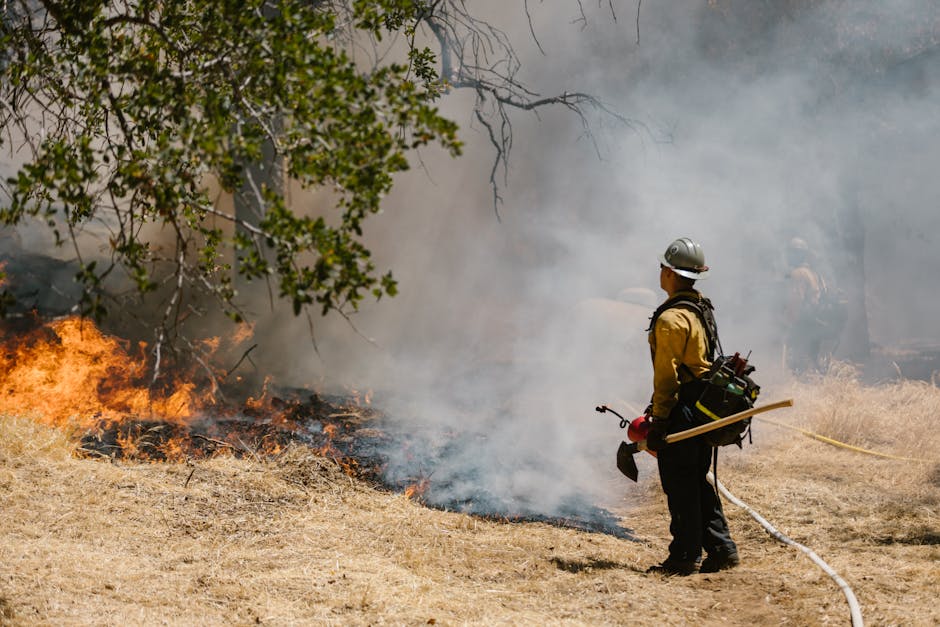- Get link
- X
- Other Apps
Architectural Resilience Redefined: Four-Legged Robots Charting a New Future for Disaster Assessment
- Get link
- X
- Other Apps

In the aftermath of a disaster, the immediate assessment of damaged buildings is a critical, yet often perilous, task. Human lives are at stake, both for those potentially trapped within and the brave responders entering compromised structures. This formidable challenge is poised for a revolutionary shift, thanks to groundbreaking developments to be unveiled at the 2025年度日本建築学会大会 (2025 Architectural Institute of Japan Convention).
At the forefront of this innovation is the 国立研究開発法人 建築研究所 (National Research and Development Agency, Building Research Institute), which will present their pivotal work on the "四足歩行ロボットによる被災建築物調査技術の開発" (Development of Disaster-Stricken Building Assessment Technology Using Four-Legged Walking Robots). This is not merely a technological advancement; it's a profound re-imagining of safety, efficiency, and the very design of disaster response itself.
The Design Philosophy: Robots as Architects' Eyes and Hands
When we speak of design, we often conjure images of aesthetic beauty and structural integrity. Yet, the design of a solution for a societal problem is equally, if not more, critical. The philosophy behind deploying 四足歩行ロボット (four-legged walking robots) for disaster assessment is rooted in a deep understanding of human limitations and the unique capabilities of advanced robotics.
Consider the typical post-disaster scenario: unstable debris, confined spaces, hazardous materials, and the constant threat of further collapse. These environments are incredibly dangerous for human inspectors. The design concept here is to create a surrogate, a robotic extension of the human senses, capable of navigating these treacherous landscapes with unparalleled agility and resilience. These robots are engineered to:
- Navigate Complex Terrain: Their four-legged gait provides superior stability and maneuverability over uneven surfaces, rubble, and stairs, areas often impassable for wheeled or tracked robots.
- Access Confined Spaces: Their compact design allows them to squeeze into narrow openings and partially collapsed sections, reaching areas inaccessible to humans.
- Ensure Human Safety: By undertaking the initial, high-risk reconnaissance, these robots drastically reduce the exposure of human responders to immediate dangers.
This is a design for protection, for foresight, and for empowering human experts with precise, real-time data without putting them in harm's way. It’s a message to society that through thoughtful design and technological integration, we can build more resilient communities and safer response protocols.
Innovation in Action: The "被災建築物調査技術"
The core of this announcement is the "被災建築物調査技術" (Disaster-Stricken Building Assessment Technology) itself. Developed by the 国立研究開発法人 建築研究所, this isn't just about the robots' movement; it's about the sophisticated systems they carry and the data they collect. The innovation lies in the holistic design of the assessment process:
- Advanced Sensor Integration: The robots are equipped with an array of sensors – cameras, thermal imagers, lidar, and structural integrity monitors – capable of capturing comprehensive data on a building's condition.
- Real-time Data Transmission: The ability to transmit this data wirelessly and in real-time allows human experts to analyze the situation remotely, making informed decisions on rescue priorities and structural stability.
- Intelligent Mapping and Modeling: The collected data can be used to generate detailed 3D models of the damaged structure, providing an unprecedented level of insight into its compromised state.
The presentation at the 2025年度日本建築学会大会 will highlight how this technology, through its meticulous design, transforms a chaotic, dangerous situation into a structured, data-driven assessment. It represents a synergy between architectural science and robotic engineering, pushing the boundaries of what's possible in disaster mitigation.
A Vision for the Future of Architectural Design and Disaster Response
The work presented by the 国立研究開発法人 建築研究所 is more than just a new tool; it's a vision for the future. It underscores a shift in how we approach architectural design, moving beyond the initial construction to encompass the entire lifecycle of a building, including its resilience and post-disaster management. This innovation speaks to the philosophy that design should serve humanity at its most vulnerable moments.
As editors of a design magazine, we see this as a powerful example of how technology, guided by humanitarian principles, can lead to solutions that are both highly functional and deeply impactful. The four-legged robot, once a concept of science fiction, is becoming a tangible guardian, a silent partner in protecting lives and preserving the built environment. This marks a new era where the intersection of robotics and architectural science crafts a safer, more responsive world.
- Get link
- X
- Other Apps
Comments
Post a Comment